Hyaluronic acid is automatically associated with hydration - the result of many, many years of advertising campaigns that have helped spread the ingredient. And praise be to them for that, because it makes it so well known that a good hyaluronic acid for the face is like a glass of cold water on a summer day for the body. It moisturizes, refreshes, promotes health. But which hyaluronic acid for the face to choose? Not every cosmetic with this substance works the same and will provide the effect you expect. The secret of effectiveness lies not only in the concentration, but also in the size of the particles and the way of application. That's why we have a guide for you, which will make it easier to buy the right - for you - cosmetic with hyaluronic acid.
.webp)
Hyaluronic acid - what effect does it have on the skin?
Hyaluronic acid in supplements and cosmetics has a multi-level and extremely beneficial effect. In the case of the former, on the entire body. In the case of the latter - on the skin from the outside and inside. So it's not surprising that it's present in both daily skin care and anti-aging treatments. How does hyaluronic acid work?
- It deeply moisturizes the skin by binding water in the epidermis and retaining it exactly where it is needed.
- It improves elasticity and firmness, making the complexion look healthier and younger.
- Smoothes out fine lines - especially those resulting from dehydration.
- Soothes irritation, has a soothing and anti-inflammatory effect, which is valuable for reactive skin.
- Accelerates regeneration - supports epidermal recovery processes after damage or cosmetic procedures.
- Protects against external factors, forming a protective barrier on the surface of the skin (in the case of the macromolecular form).
However, it all depends on what effect you want to achieve. Selecting cosmetics for your needs is the basis for enjoying healthy, radiant and moisturized skin.
Hyaluronic acid for the face - types.
You will find hyaluronic acid in cosmetics under many names. And each of them denotes a substance with different profiles of action or durability. It's worth knowing what you're reaching for.
- Sodium Hyaluronate - the most common form of hyaluronic acid in cosmetics. It is the sodium salt of hyaluronic acid, which is well soluble in water. It has a lower molecular weight than pure HA, so it penetrates the epidermis better.
- Hydrolized Hyaluronic Acid - hyaluronic acid that has undergone hydrolysis. Its molecules are broken down into smaller fragments. This allows it to penetrate the deeper layers of the epidermis, and has a regenerative and anti-wrinkle effect. It is most often used in serums and boosters.
- Crosspolymer Hyaluronic Acid - cross-linked hyaluronic acid. This means that its molecules have been combined into a more stable structure. It works more slowly, but longer, resulting in long-lasting and even hydration.
- Acetylated Hyaluronic Acid - is a modified form of HA, more resistant to the enzymes that break down hyaluronic acid in the skin. It lasts longer, absorbs well and does not cause a sticky feeling.
Which hyaluronic acid for the face can you choose? Types of molecules
Hyaluronic acid available in cosmetics varies in particle size. This is also associated with different modes of action. To properly select a product for your skin, you need to know which molecule to go for. Rest assured - we will give you a hint.
- Ultra low molecular weight hyaluronic acid (ULMW) - these are the smallest molecules found in cosmetics <10kDA. They work in the deeper layers of the skin, so they promote skin regeneration, intensely moisturize the skin from the inside and accelerate the healing of micro-damage. It can also have a soothing effect on inflammation and irritation. So it will be perfect for people with sensitive, vascular, redness-prone skin.
- Low-molecular-weight (LMW) hyaluronic acid - slightly larger particles of 10-500 kDa, although still capable of penetrating the epidermis. They provide long-lasting hydration and thus promote skin firmness and elasticity. They oxygenate it and improve its tone, as well as help eliminate signs of fatigue. Great for dry, dehydrated skin.
- High-molecular-weight hyaluronic acid (HMW) - the largest form of acid, which does not penetrate the epidermis and works on the surface of the skin. As a result, it forms a protective film, prevents transepidermal water loss and protects against the harmful effects of the environment - smog, wind or air conditioning. It also gives an immediate soothing effect, so it's worth having on hand regardless of skin type.
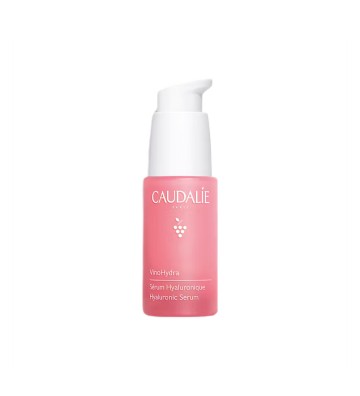 Hydration
Hydration
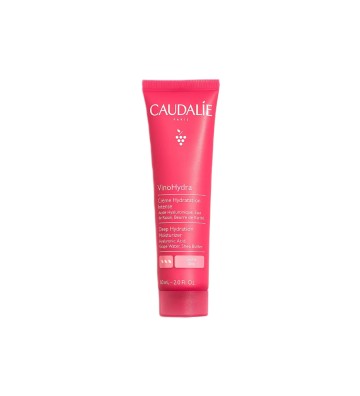 Hydration
Hydration
 UV protection
UV protection
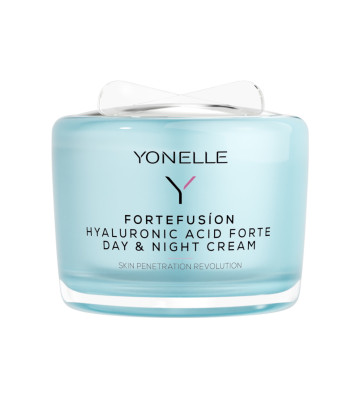 Anti-Aging
Anti-Aging
-21%
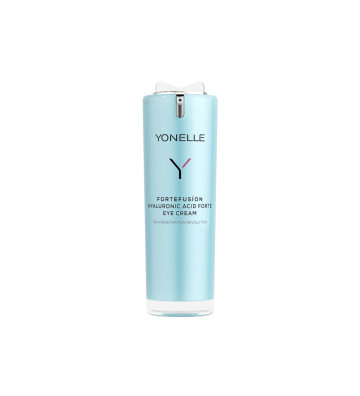 Anti-Aging
Anti-Aging
-21%
Hyaluronic acid - what concentration to choose?
Concentration makes a huge difference to the performance of hyaluronic acid cosmetics. However, more is not always better. A mild concentration, i.e. 0.1 to 0.5%, is suitable for sensitive skin that may react reactively. It will also work well in base cosmetics for a higher level of hydration or soothing. Higher concentrations of 1 to 1.5% give a very good moisturizing and smoothing effect. It is the most common concentration in cosmetics. From 2% the intensive treatment already begins, although on the market you will find HA concentrations of up to 5% - usually in serums or boosters. High concentration brings intensive and fast smoothing of the skin structure, wrinkle-filling effect or improvement of skin elasticity and resilience.
How to use hyaluronic acid on the face?
Even the best hyaluronic acid will not work well if applied incorrectly. Here are some key rules when using cosmetics with HA. First of all, apply it to slightly damp skin - for example, after a toner or hydrolat. Why? Because hyaluronic acid will bind that water and draw it deep into the epidermis. Interestingly, if you have dry skin, the environment has low humidity, and you apply cosmetics with HA without additional liquid, the substance can start to draw water from the deeper layers of the skin, exacerbating the dryness [1]. In addition, always protect the acid with a cream or oil after applying it. This prevents water from being drawn out of the epidermis. You can apply it in the morning and in the evening, depending on your needs and the cosmetic itself, which contains hyaluronic acid. How to apply, however, is not all you need to know. Also pay attention to the composition.
Which hyaluronic acid for the face to choose? Pay attention to the composition
In order for hyaluronic acid to effectively moisturize the skin, it is worth choosing cosmetics that also contain other ingredients that support its action. Humectants, such as glycerin, betaine or urea, help bind water in the epidermis. Emollients, for example, squalane, shea butter, jojoba oil, form a protective layer, preventing moisture loss. Panthenol, allantoin and Centella Asiatica extract soothe and promote regeneration. In turn, vitamin C and niacinamide improve elasticity, brighten the complexion and strengthen the hydrolipid barrier. Such combinations of ingredients make the effect of hyaluronic acid more complete, long-lasting and better suited to the needs of the skin - especially dry, dehydrated or sensitive skin.
You know a lot more about the extremely popular ingredient hyaluronic acid. Which one to choose? It depends on you, your skin's needs, and the rhythm of your day. The choice is not as simple as you might expect - the "first best" is usually not the best, after all. Therefore, think about what results you want to achieve and look for a product that will be perfect for you, not for someone else.
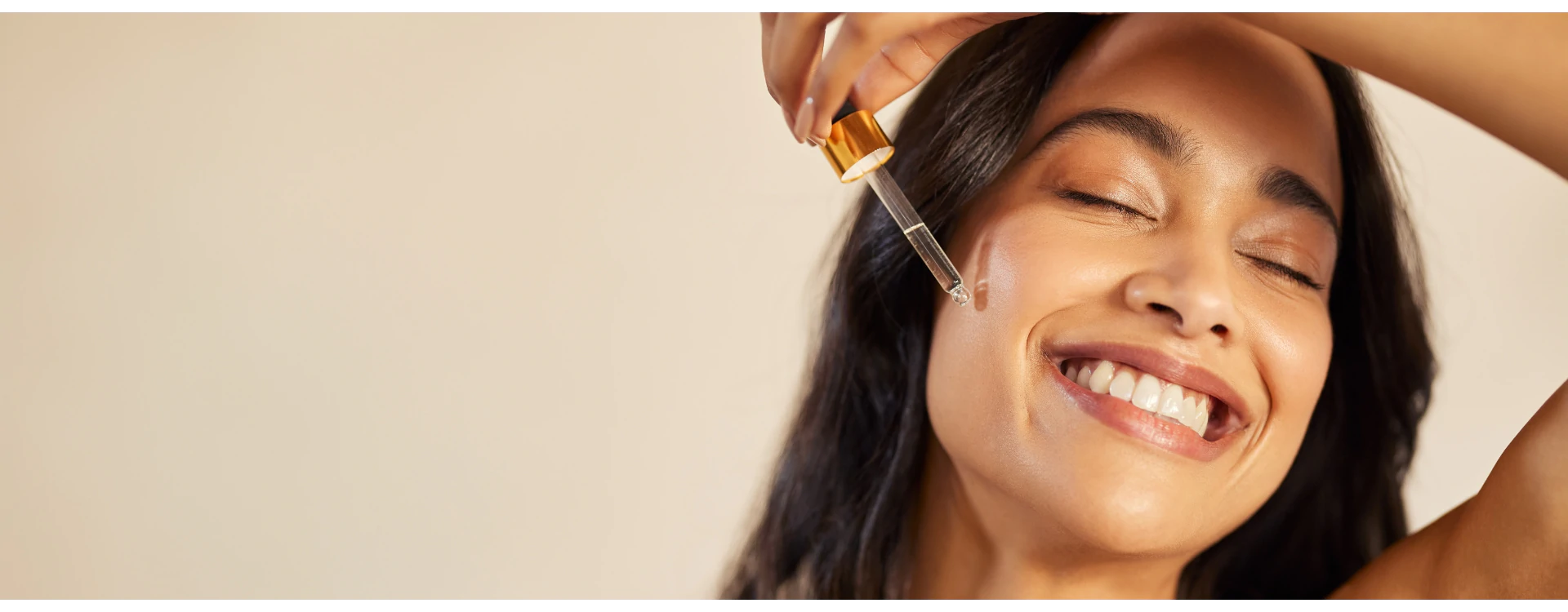
.webp)